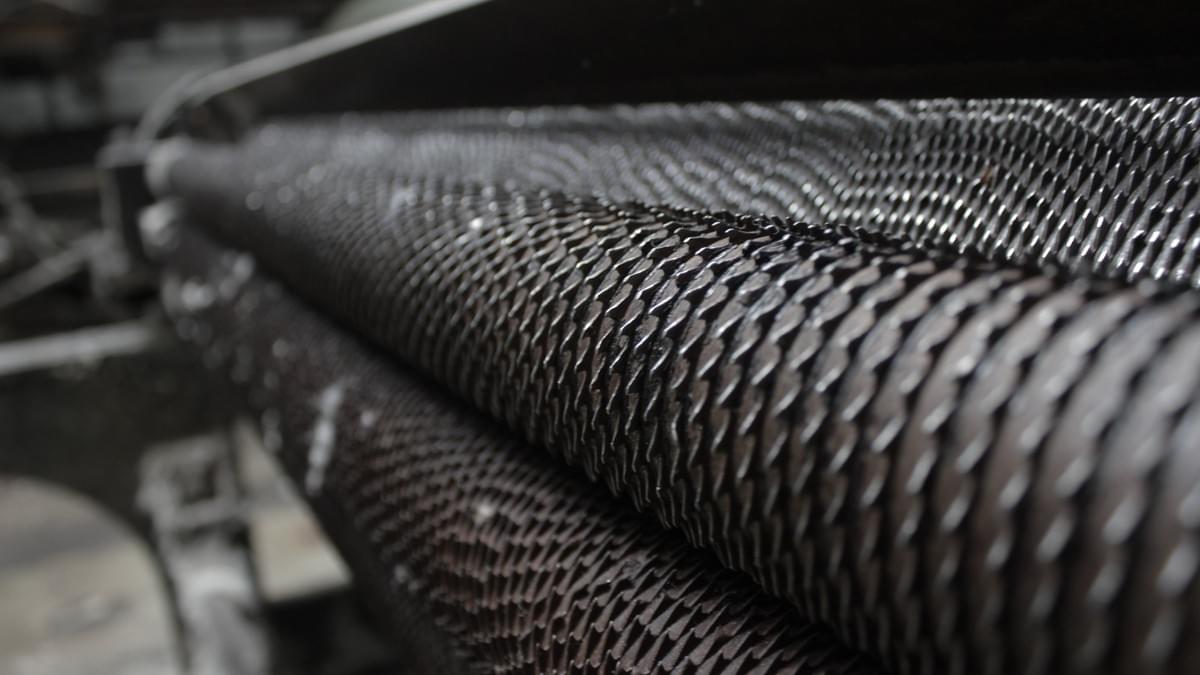
When it comes to creating custom metal products, metal fabrication is an essential process that requires precision, skill, and attention to detail. Metal fabrication is the process of cutting, shaping, and assembling metal parts to create a wide range of products, from machinery components to architectural features. In this article, we will delve into the world of metal fabrication, exploring the benefits, processes, and applications of this versatile manufacturing technique.
Benefits of Metal Fabrication
The Metal fabrication Concord CA company offers numerous benefits, making it an attractive option for manufacturers and consumers alike. One of the primary advantages of metal fabrication is its versatility. Metal fabricators can create a wide range of products, from small components to large-scale structures, using various metals and materials. Additionally, metal fabrication allows for customization, enabling manufacturers to create products tailored to specific customer needs. Furthermore, metal fabrication is a cost-effective option, as it eliminates the need for expensive molds and tooling.
Processes of Metal Fabrication
The metal fabrication process typically involves several stages, including design, cutting, shaping, and assembly. The first step is design, where engineers create detailed drawings and specifications for the metal product. The next stage is cutting, where metal sheets or bars are cut to size using various cutting techniques, such as laser cutting, plasma cutting, or sawing. The cut metal parts are then shaped using various techniques, including bending, forming, or machining. Finally, the shaped metal parts are assembled using welding, bolting, or riveting.
Applications of Metal Fabrication
Metal fabrication has a wide range of applications across various industries, including:
1. Construction: Metal fabricators create architectural features, such as staircases, railings, and handrails, as well as structural components, like beams and columns.
2. Machinery: Metal fabricators manufacture machinery components, such as gears, shafts, and bearings, for industries like automotive, aerospace, and manufacturing.
3. Medical: Metal fabricators create medical devices, such as surgical instruments, implants, and equipment, for hospitals and medical facilities.
4. Transportation: Metal fabricators produce components for vehicles, including car parts, aircraft parts, and ship components.
5. Consumer Products: Metal fabricators create consumer products, such as furniture, appliances, and decorative items.
Types of Metal Fabrication
There are several types of metal fabrication, each with its unique characteristics and applications. Some common types of metal fabrication include:
1. Sheet Metal Fabrication: This process involves cutting, bending, and assembling sheet metal to create flat products, such as signs, panels, and enclosures.
2. Structural Steel Fabrication: This process involves cutting, shaping, and assembling steel beams and columns to create structural components for buildings and bridges.
3. Precision Metal Fabrication: This process involves cutting, shaping, and assembling small metal parts, such as gears, shafts, and bearings, for precision applications.
Conclusion
Metal fabrication is a versatile manufacturing technique that offers numerous benefits, including customization, cost-effectiveness, and versatility. By understanding the processes and applications of metal fabrication, manufacturers and consumers can create a wide range of products that meet specific needs and requirements. Whether you're looking to create a custom metal product or need a specific component for your business, metal fabrication is an essential process that can help you achieve your goals.